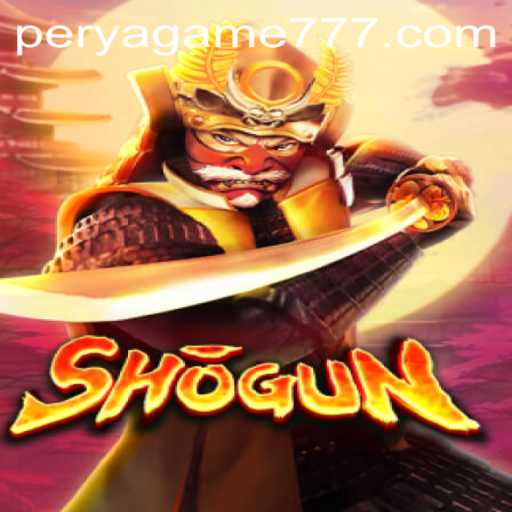Exploring Shogun: The Traditional Perya Game
Within the vibrant tapestry of cultural festivities, the perya game of Shogun holds a unique place. Known for its compelling combination of strategy and chance, Shogun captivates players and spectators alike, providing an engaging glimpse into the traditional games that enliven local fairs and festivals across the globe.
The Origins of Shogun
Tracing back its roots, Shogun is believed to have originated in the era of samurais and shoguns in Japan. The game encapsulates elements of ancient warfare, where strategic placement and calculated moves determine the fate of competing players. Despite its historical context, Shogun has transcended its origins, blossoming into a beloved staple of perya games that pepper cultural celebrations today.
An Introduction to Shogun
Shogun, often seen as a simulacrum of battlefield dynamics, is more than just a game; it is a portal to the past where tradition meets modern-day enthusiasm. Enthusiasts gather around makeshift stalls adorned with bright lights and vivid colors typical of perya settings. These festive atmospheres celebrate cultural heritage while inviting onlookers to partake in the enduring allure of cultural games.
Shogun in Contemporary Culture
In today's fast-paced world, Shogun remains a relevant aspect of community events. It provides a nostalgic nod to simpler times, when avenues for entertainment were fewer yet deeply enriching. In the Philippines, for example, the game is an integral part of local fairs, bridging various generations and fostering communal bonds among participants and observers. As the perya grounds bustle with laughter and competition, Shogun emerges as a testament to communal resilience and cultural continuity.
The Rules of Shogun
The rules of Shogun are designed to mimic the strategic planning required in tactical confrontations. Each player is presented with pieces that symbolize infantry, cavalry, and other traditional military divisions. These pieces are arranged on a pre-defined board reminiscent of historic battlegrounds.
The objective is to strategically maneuver the pieces while anticipating the opponent's moves. Each turn offers an opportunity for attack or defense, with players aiming to capture the opponent's commanding piece, often symbolic of the shogun himself. At first glance, the game may seem straightforward, yet it demands foresight, patience, and adept planning akin to chess.
Shogun's Role in Perya Festivals
The inclusion of Shogun within the perya landscape elevates the spectacle of cultural festivities. It serves as an educational tool as well, illustrating historical narratives and strategic thinking to curious participants. The vibrant environment of perya enhances the appeal of Shogun, making it a delightful component of each visit to these bustling venues.
For many, engaging in Shogun provides a joyous escape into an age-old tradition that challenges the mind while offering an abstract journey through history. The increasing interest in traditional pastimes, amid global shifts towards digital entertainment, reflects a renewed appreciation for games like Shogun.
Shogun in the Era of Modern Entertainment
Tied inextricably to cultural identity, Shogun withstands the test of time by adapting to modern sensibilities without losing its foundational elements. While digital platforms evolve, hosting everything from complex strategic games to simple puzzles, the allure of hands-on interactions and the tactile experience of moving pieces on a physical board retain immense charm.
The game's survival in contemporary society underscores a collective yearning for tangible experiences that foster personal interaction and community engagement. Shogun stands as a beacon of traditional recreation, harmonizing the whisper of the past with the lively beats of current entertainment trends.








